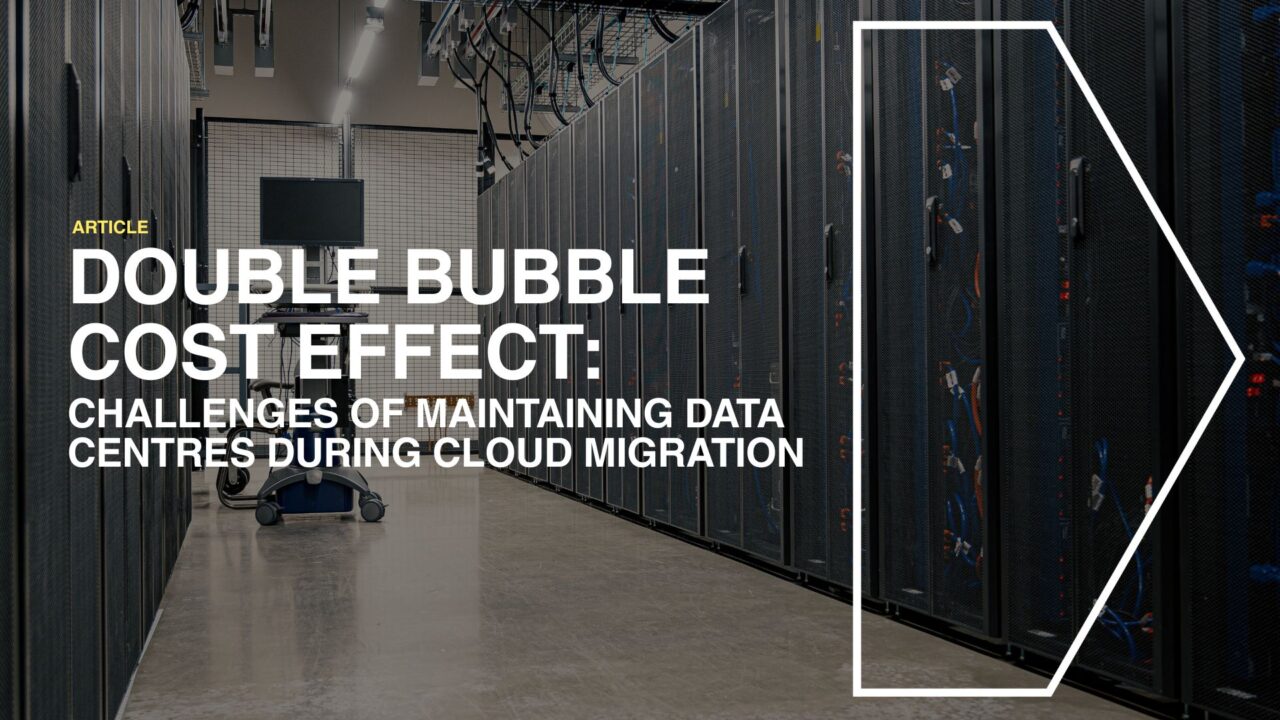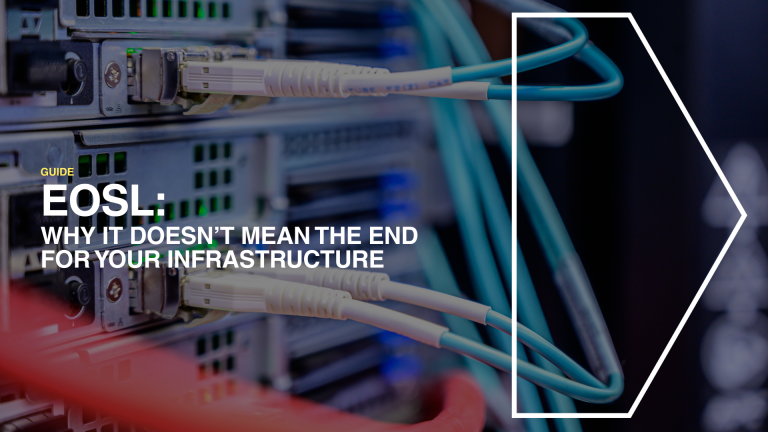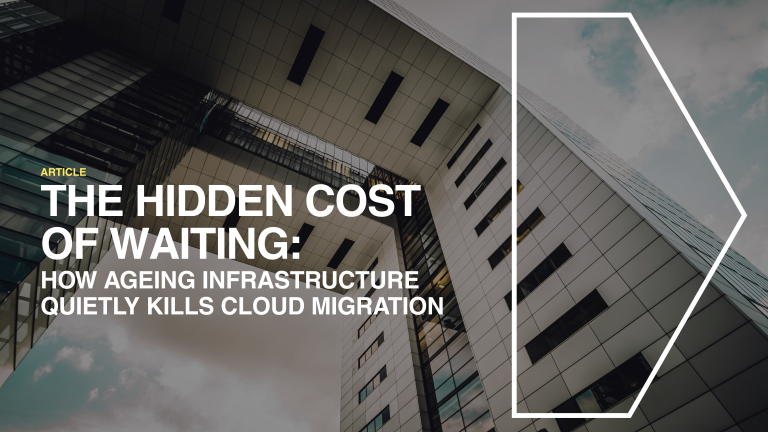As workloads continue to shift toward cloud-centric models, enterprise organisations are increasingly embarking on the journey from on-premise data centres to cloud-based infrastructure. This transition involves significant costs, as specialist consultancies, service providers, and technical resources are enlisted to facilitate the migration. Additionally, as workloads and data move to the cloud, cloud spending escalates.
For large enterprises, this migration can span several years. During this period, while the organisation aims to direct budget towards its cloud objectives, there are still costs associated with maintaining and scaling existing physical infrastructure. This article will explore these concurrent ‘dual running costs’ in more detail and discuss strategies to mitigate their impact.
On-Premise Challenges
On-premises data centres have historically been the backbone of enterprise IT infrastructure. Traditionally, these facilities are viewed as CAPEX-heavy investments every 5 to 7 years. However, this perspective can be misleading. Beyond the initial setup, many ongoing costs and operational challenges significantly impact the total cost of ownership (TCO).
Hardware Break-Fix & Maintenance Contracts
Maintaining an extensive footprint of data centres involves substantial costs associated with hardware break-fix contracts. As equipment ages, the frequency of repairs increases, and the reduced supply of spare parts leads to higher renewal expenses. Renewal contracts from OEMs or third-party suppliers are a significant but necessary expense for enterprises to ensure compliance and service resiliency.
Colocation Fees
For enterprises utilising colocation services, the expenses for space, power, cooling, and security can be substantial. These costs are often fixed and do not scale down easily, making it difficult to reduce expenses even as services migrate to the cloud.
Licensing Costs
On-premises environments often rely on expensive software licences, such as VMware for virtualisation or Oracle for relational databases. These licensing fees are recurring and can become a considerable financial drain, especially when coupled with the costs of maintaining the underlying hardware.
Replacement Hardware
To address capacity or End-of-Service-Life (EoSL) challenges, enterprises may need to continue investing in new hardware if the target cloud environment is not ready to host data or applications. This not only involves the direct costs of purchasing equipment but also the associated expenses of installation, configuration, and integration with existing systems. Additionally, the hardware may not be required beyond the migration window, meaning the business might need to make balance sheet write-offs.
High Energy Consumption
Older servers and data centre equipment are typically less energy-efficient, leading to higher utility bills. The environmental impact and the costs associated with high energy consumption are major challenges that enterprises must manage while maintaining their on-premises infrastructure.
Cloud Migration Challenges
Enterprises are eager to leverage the cloud for its potential to streamline operations, enhance performance, and drive growth. However, the journey to the cloud is not without significant financial investment.
Cloud Spend
While moving to the cloud offers scalability and flexibility, it also introduces new cost challenges. Enterprises must manage cloud spending carefully to avoid unexpected expenses. Cloud services are often priced based on usage, making it essential to monitor and optimise resource utilisation to prevent cost overruns.
Consultancy & Resourcing
Migrating to the cloud requires specialised skills and expertise. Enterprises often need to invest in consultancy services to develop and implement a cloud strategy effectively. Additionally, resourcing efforts to train existing staff or hire new talent with cloud expertise can be costly and time-consuming.
Data Transfer Costs
Moving large volumes of data from on-premises data centres to the cloud can incur significant data transfer fees. These costs can quickly escalate, especially for enterprises with extensive data storage requirements.
Integration & Compatibility
Ensuring that legacy systems and applications are compatible with cloud environments can be a complex and costly process. Enterprises may need to invest in additional tools and services to facilitate seamless integration. This is often observed during modernisation projects, where some applications are refactored to run in the cloud and then (re)integrated via modern API and integration solutions.
Solving the Double Bubble Challenge
Balancing the maintenance of current infrastructure while driving innovation through cloud technologies can often strain enterprise budgets and complicate financial planning. At RTK, we collaborate closely with some of the world’s largest enterprises, IT firms, and cloud service providers to tackle these challenges directly.
Our tailored approach empowers enterprises to accelerate their digital transformation strategies, unlocking efficiencies and sparking innovation. We understand that each organisation is unique, with specific technological landscapes and financial considerations shaping their needs.
Contact RTK today for a discovery call to explore how our strategic, end-to-end solutions can be leveraged to create a tailored strategy for effectively managing dual running costs in your organisation.
Together, we’ll collaborate and implement a solution that best aligns with your goals and challenges.



